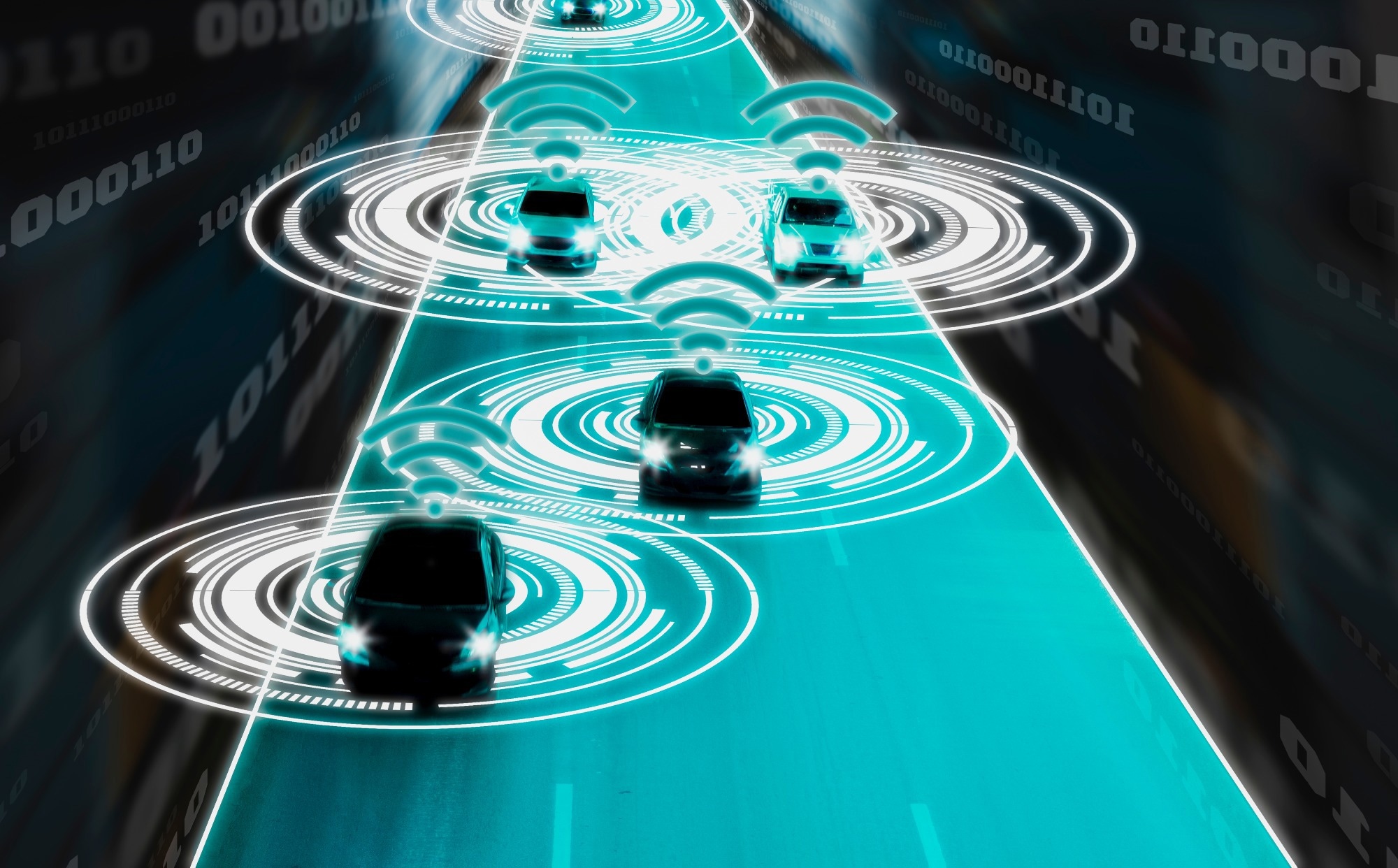In a recent study published in the Journal of Intelligent & Robotic Systems, researchers introduced a new method to enhance the accuracy and robustness of three-dimensional (3D) object detection utilizing monocular cameras. The aim was to leverage depth information to improve deep neural networks' spatial perception and address challenges in estimating 3D object scales and locations from single images.
 Study: Depth-Enhanced Monocular 3D Object Detection. Image Credit: ART STOCK CREATIVE/Shutterstock
Study: Depth-Enhanced Monocular 3D Object Detection. Image Credit: ART STOCK CREATIVE/Shutterstock
Background
3D object detection is crucial for autonomous driving, requiring precise localization and recognition of objects in the environment. Most existing methods rely on light detection and ranging (LiDAR) sensor data or red-green-blue (RGB) images. While LiDAR methods provide accurate in-depth information, they are expensive and computationally intensive. In contrast, RGB-based methods are more cost-effective and flexible but often struggle to obtain reliable depth information from monocular images.
About the Research
In this paper, the authors aimed to overcome the limitations of existing monocular 3D object detection methods by introducing a depth-enhanced deep learning approach. Their technique includes three components. First, the feature enhancement pyramid module extends the conventional feature pyramid networks (FPN) by adding a feature enhancement pyramid network. This network captures contextual relationships across different scales by combining the feature maps of the original pyramid. Additionally, it enhances the connection between low and high-level features.
Second, the auxiliary dense depth estimator creates detailed depth maps to improve the spatial perception of the deep neural network model without increasing computational effort. This module uses an inverse smooth lasso (L1) norm loss function to train the parameters in the feature extractor, including the VoVNet backbone and the feature enhancement pyramid module.
Third, the augmented center depth regression helps with center depth estimation by using geometry-based additional bounding box vertex depth regression. It models the uncertainties of vertex depth estimation and direct regression by creating a final estimation as a confidence-weighted average.
Furthermore, the researchers tested their approach on the NuScenes dataset, which contains 1000 multimodal videos with six cameras providing a full 360-degree view from the car. The dataset includes 3D bounding box annotations for 10 object classes, such as cars, pedestrians, and bicycles.
Research Findings
The outcomes showed that the proposed approach outperformed existing monocular 3D object detection methods, making it a potential solution for autonomous vehicles. The method achieved a mean average precision (mAP) of 0.434, which is higher than other camera-based methods like FCOS3D (0.343), CenterNet (0.306), and MonoDIS (0.304). It also surpassed some LiDAR-based methods such as PointPillars (0.305).
Additionally, the method achieved a nuScenes detection score (NDS) of 0.461, exceeding other camera-based methods like PGD (0.428), AIML-ADL (0.429), and DD3Dv2 (0.480). The NDS metric includes mAP, average translation error, average scale error, average orientation error, average velocity error, and average attribute error.
Furthermore, the proposed approach significantly improved depth estimation, reducing the average translation error by 22% and 35% compared to PGD and AIML-ADL, respectively, and reducing the average scale error by 8.4% and 65.4% compared to FCOS3D and AIML-ADL, respectively.
Overall, the method provided robust and accurate predictions across different object classes, ranges, and environmental conditions, performing well for crucial objects like traffic cones, barriers, and cars. It effectively handled occlusions, raindrops, and varying lighting conditions.
Applications
The proposed approach has significant implications for autonomous driving and other fields requiring 3D object detection from monocular images. It provides reliable information about the 3D location, size, orientation, velocity, and attributes of various objects, enhancing planning and guidance systems. This method can also be integrated with other sensors, such as LiDAR, radar, or stereo cameras, to further improve performance and robustness, making it a versatile solution for various applications.
Conclusion
In summary, the novel depth-enhanced deep learning approach proved effective for monocular 3D object detection. It utilized depth information from a single image without additional inputs or assumptions, enhancing both feature representation and depth estimation of the deep network model. On standard benchmark datasets, it achieved superior performance and surpassed state-of-the-art methods.
Moving forward, the authors acknowledged the limitations and challenges of their method. They suggested integrating it with other sensors, such as LiDAR or radar, and incorporating temporal information, like optical flow or video sequences, to enhance performance and stability in 3D object detection. They also recommended exploring more effective ways to combine depth information with RGB features and extending their approach to tasks such as 3D semantic segmentation and 3D instance segmentation.